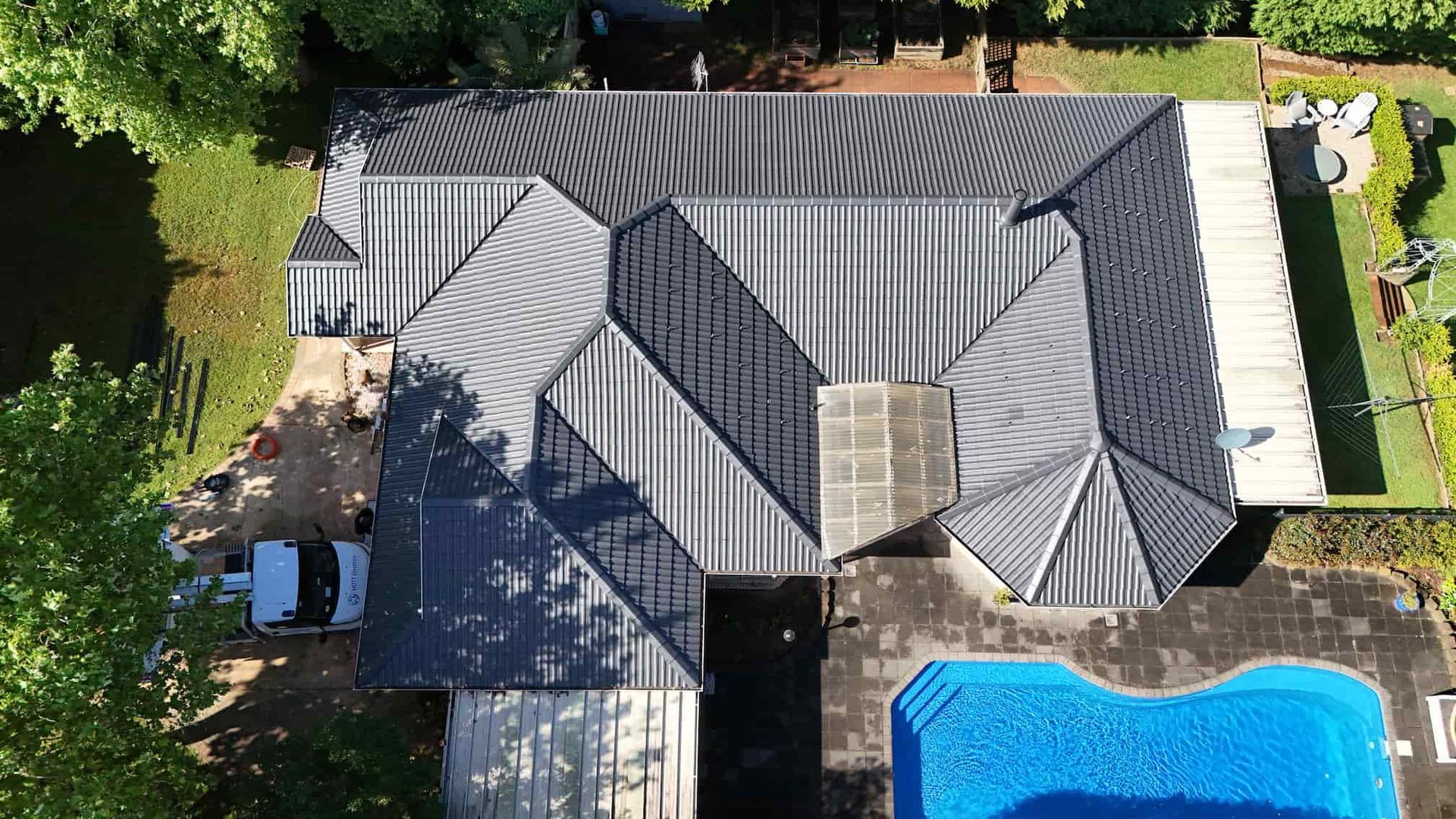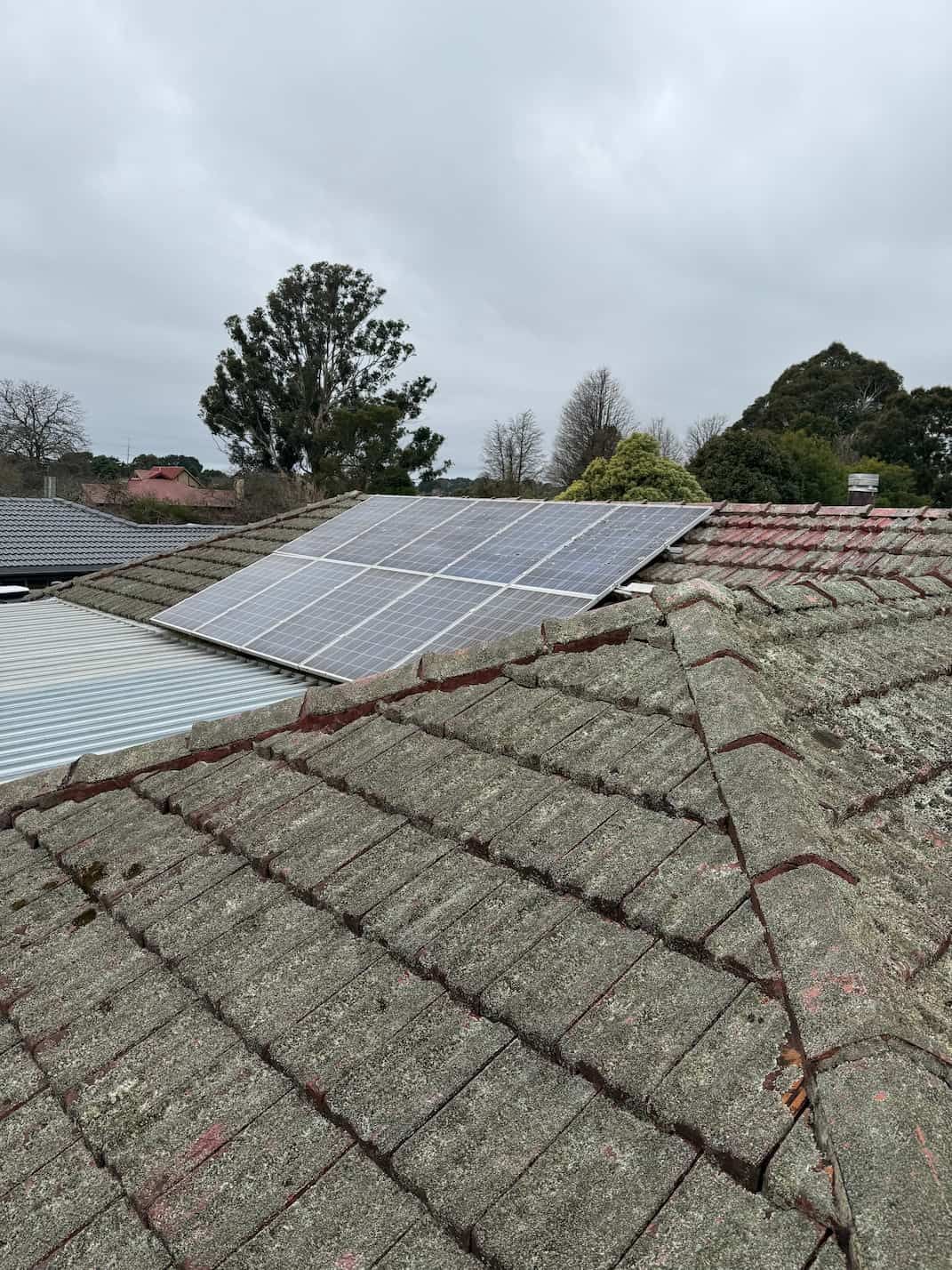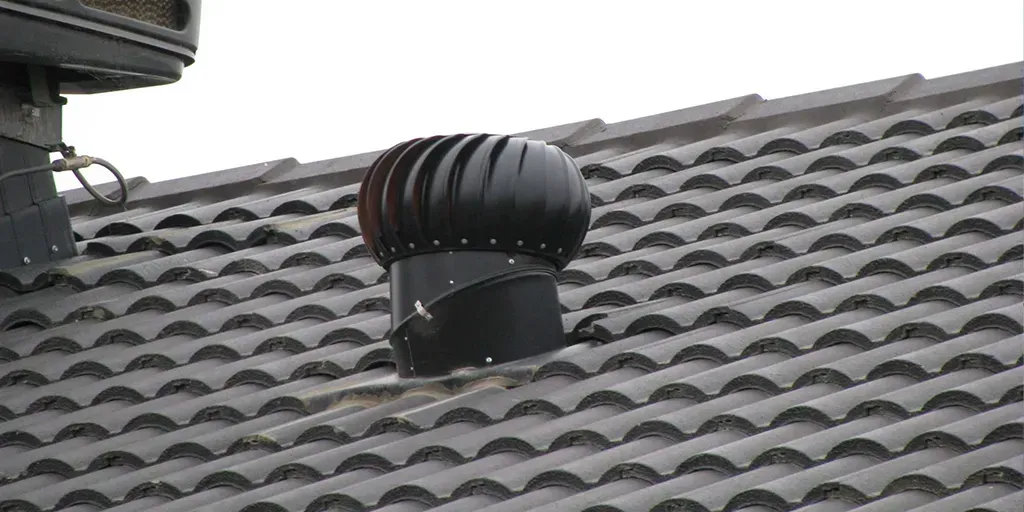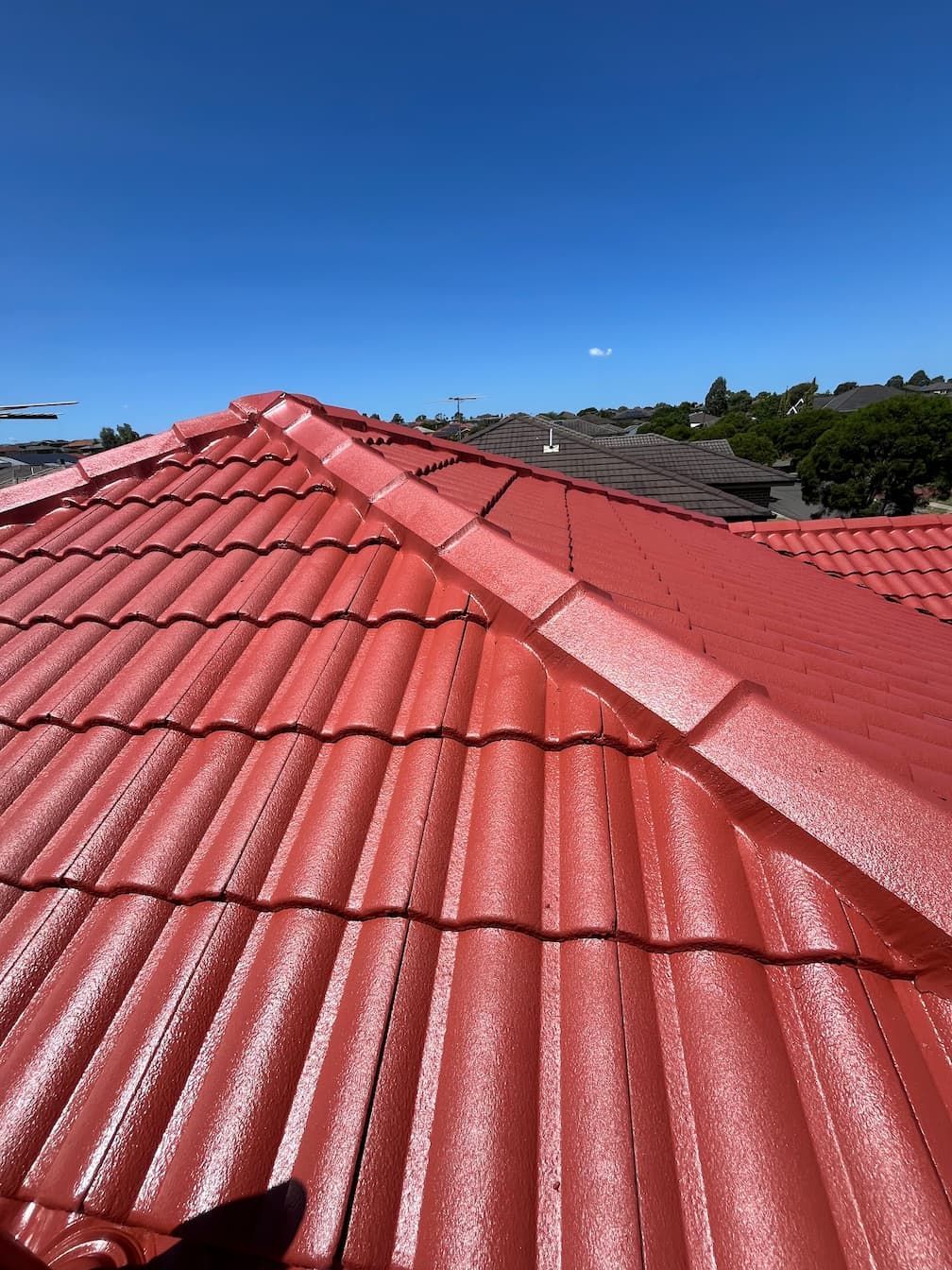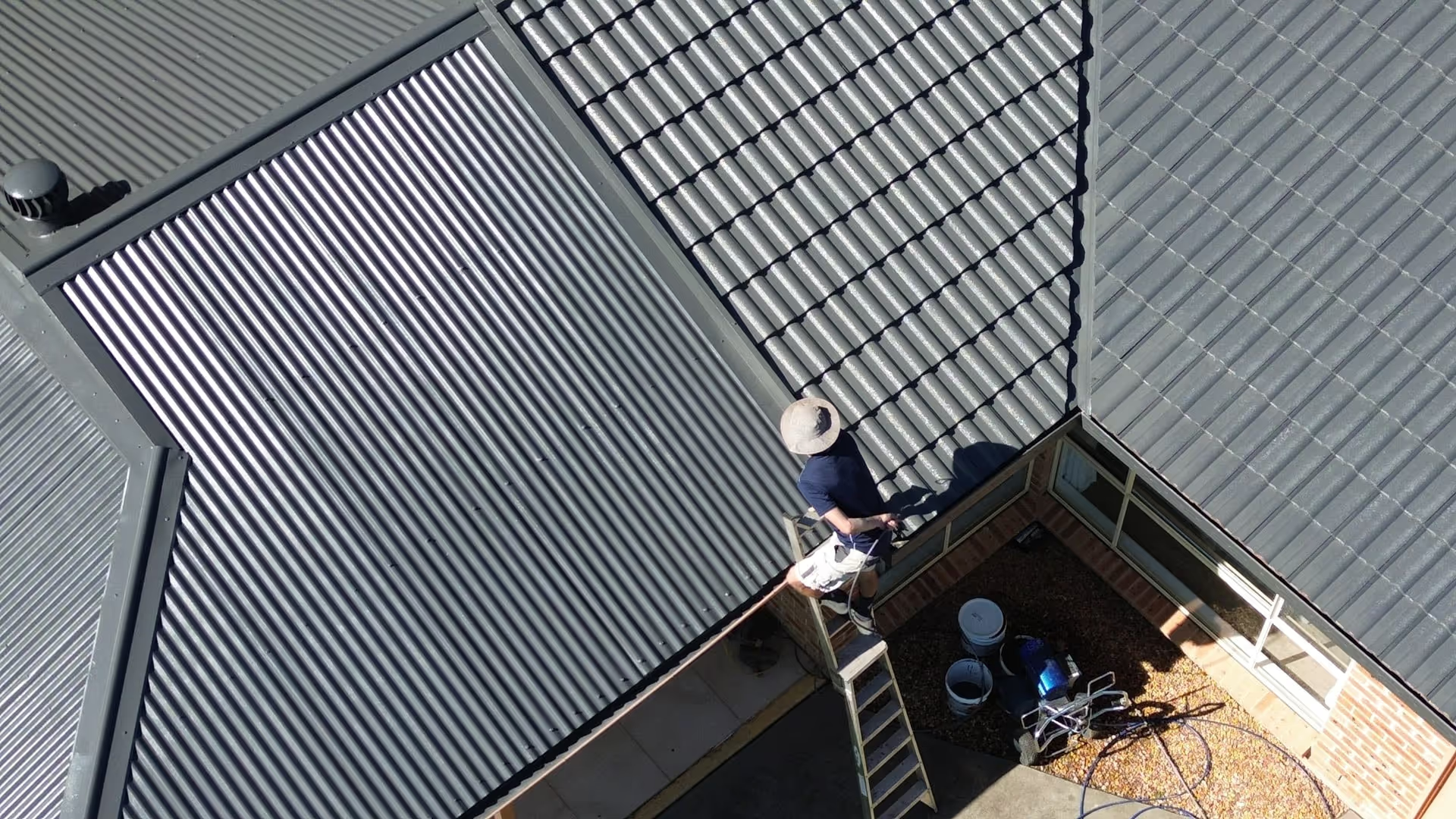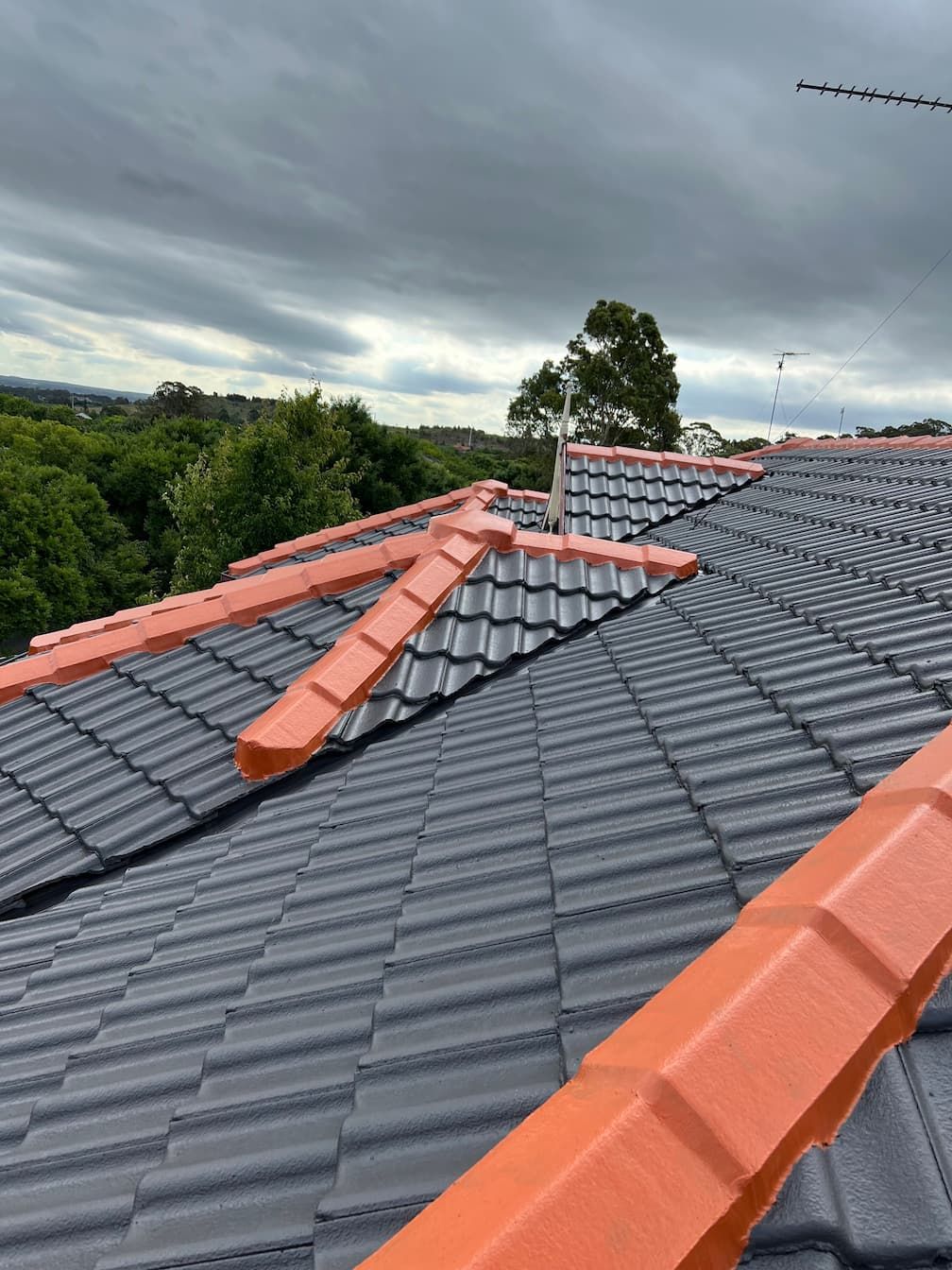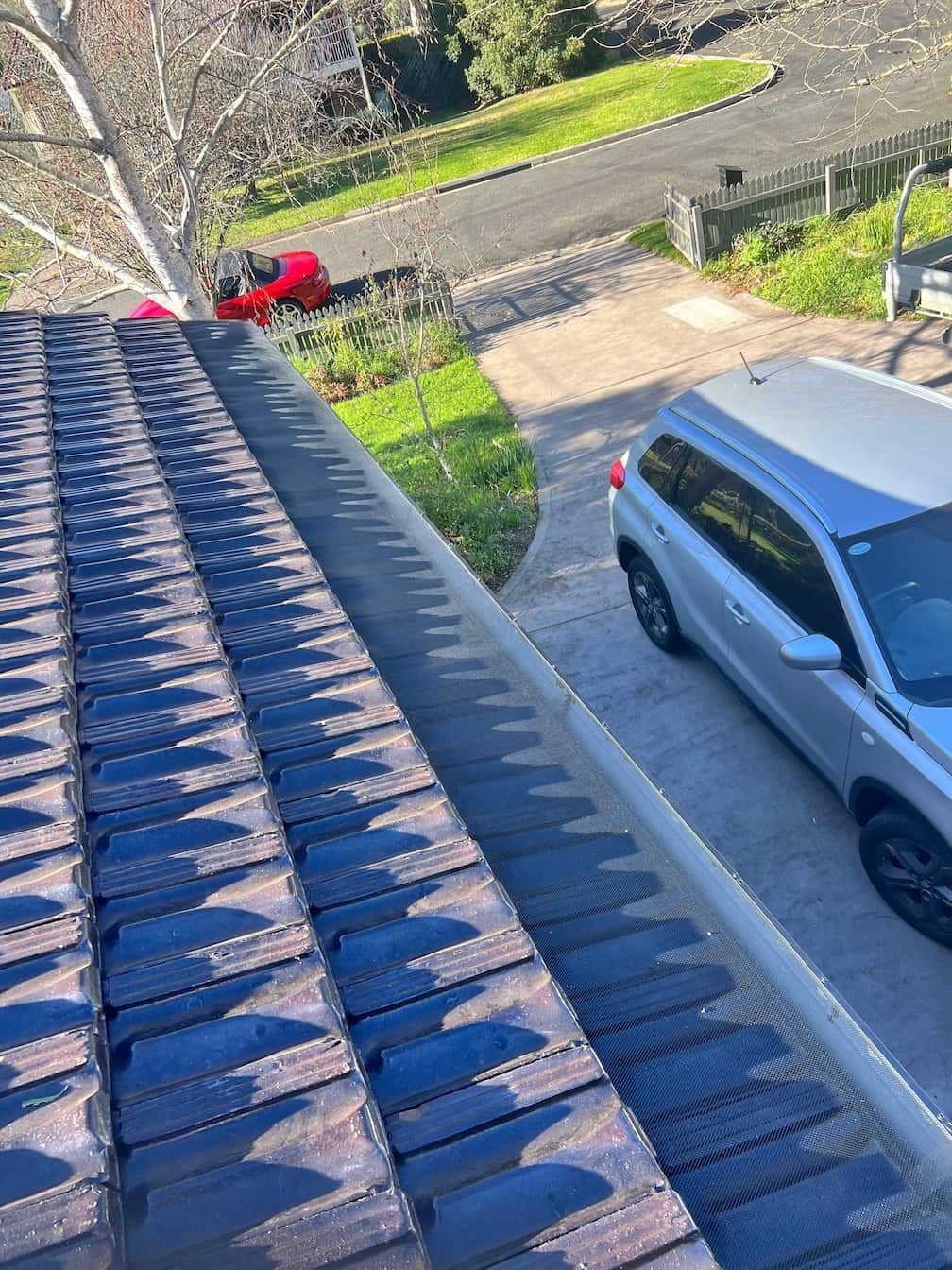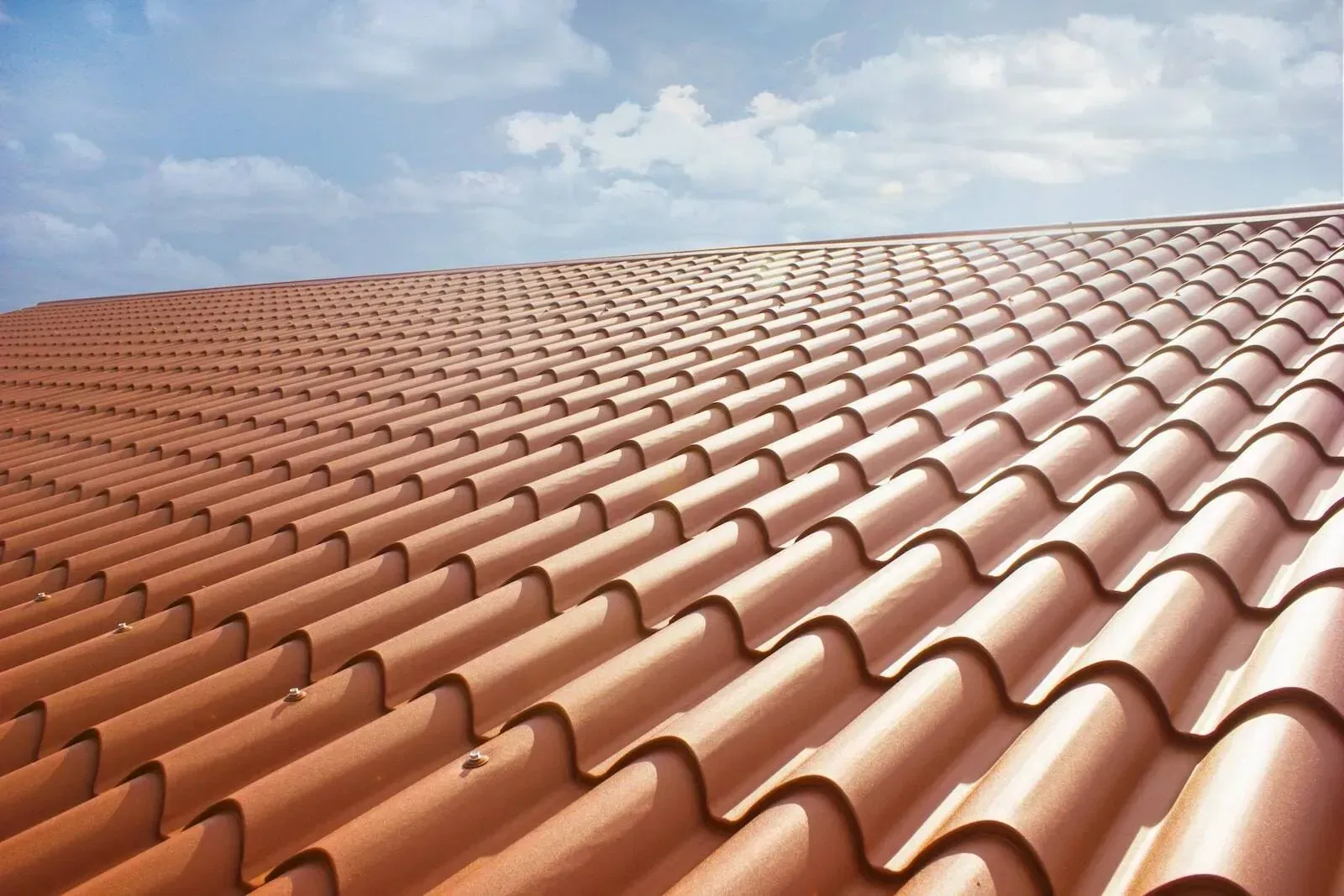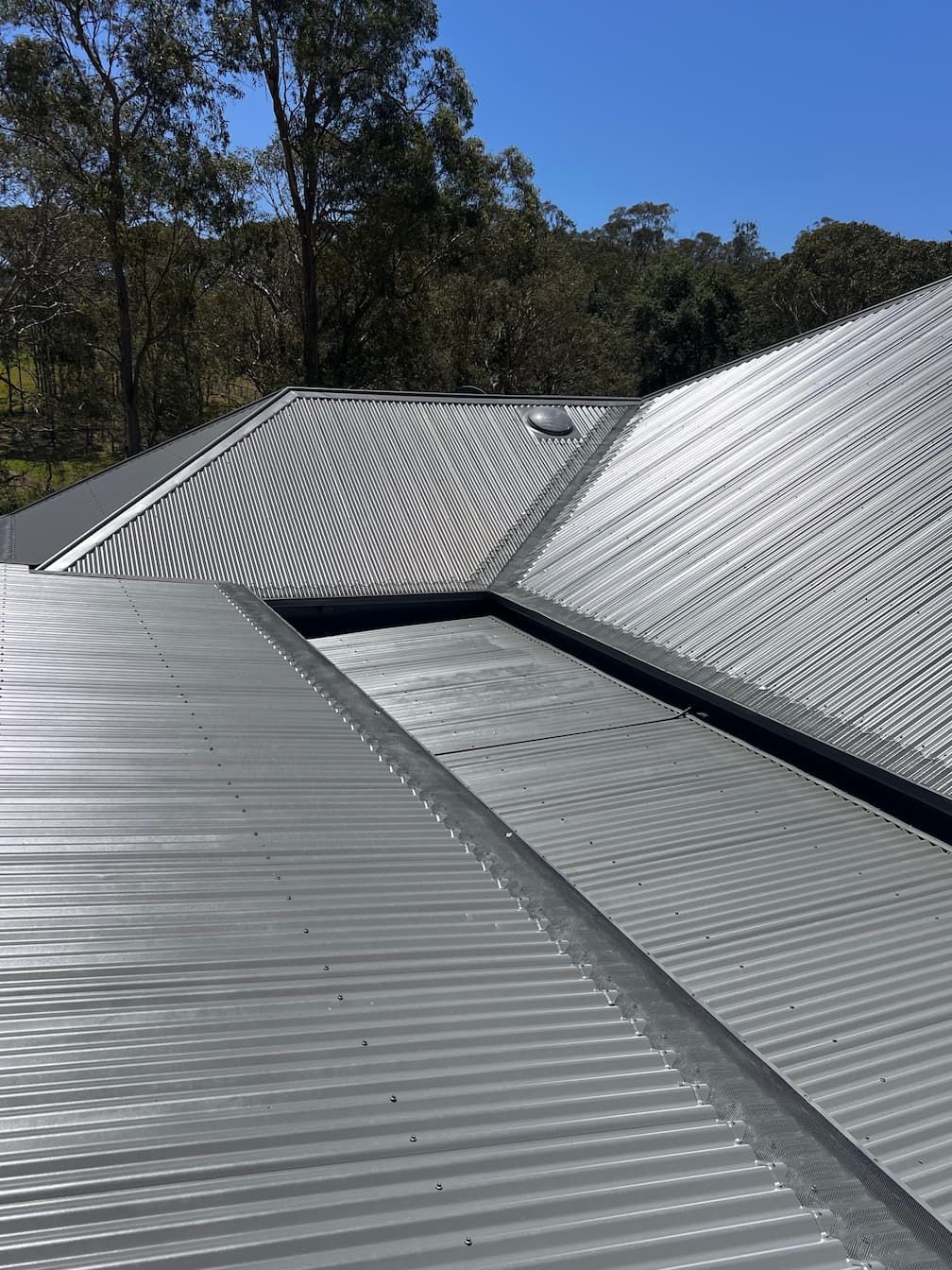How To Repair Roof Tiles
Roof tiles are one of the most durable roofing options available, but even the strongest roofs aren’t immune to damage. Constant exposure to sun, wind, and rain – along with the salt-laden air in coastal areas – can slowly wear tiles down. Over time, this can lead to cracks, leaks, and costly water damage if left unchecked.
Understanding how to repair roof tiles not only helps you keep your home protected but can also extend the life of your roof by decades.
Signs You Need to Replace Your Roof Tiles
Roof damage isn’t always obvious, but these common warning signs can indicate it’s time for repairs or replacement:
- Visible cracks or chips: Even small cracks can lead to leaks if left untreated.
- Missing or loose tiles: Often caused by high winds or poor installation.
- Uneven roofline: A sign of shifting tiles or underlying structural issues.
- Water stains on ceilings or walls: Clear evidence that water is entering through the roof.
- Moss or lichen growth: Traps moisture and speeds up tile deterioration.
- Sagging sections or crumbling mortar: Usually found around ridge caps on older roofs.
How Do You Fix a Broken Roof Tile?
Repairing a roof tile depends on the type and extent of the damage.
For small cracks, a roofing sealant or adhesive may be enough to create a watertight barrier. This is typically a short-term solution, but it can buy you time until a more permanent repair can be made.
If a tile is severely cracked or missing a piece, replacement is usually the best option. The damaged tile must be carefully removed by lifting the tiles around it, sliding the broken piece out, and fitting a new tile in its place. Once it’s locked into position, the surrounding tiles are returned to their original placement.
While this may sound simple, walking on tiles incorrectly can cause even more damage. This is why many homeowners prefer to call in a licensed roofer to handle the job safely.
How Often Should Roof Tiles Be Replaced?
The good news is that most roof tiles have a long lifespan. Concrete tiles often last 30–50 years, while terracotta tiles can exceed 50 years with proper care. Slate tiles, the premium option, may even last for a century or more.
However, it’s not only the tiles that matter. The mortar that secures the ridge capping can deteriorate much sooner, often needing re-bedding and pointing every 10–15 years. By maintaining these elements, you can significantly extend the overall lifespan of your tiled roof.
Do Cracked Roof Tiles Need to Be Replaced?
Not every cracked tile has to be replaced immediately, but ignoring them isn’t wise either. A small surface crack that doesn’t affect the structure of the tile may be repaired with sealant. However, if the crack is deep or spreads across the tile, it will eventually let in water.
Even if it seems minor, replacing a cracked tile is often the safer option. A single damaged tile can allow water to enter the roof cavity, leading to mould growth or timber rot that’s far more expensive to fix.
Can You Replace Roof Tiles With Colorbond?
If you’re considering a major roof upgrade, switching from tiles to Colorbond is a viable option. Colorbond steel roofing is lightweight, highly durable, and particularly well-suited to Australia’s harsh climate.
However, this isn’t a simple repair – it’s a full re-roofing project. Your existing tiles, battens, and underlayment will need to be removed and replaced with a new system designed for metal roofing. While this is a bigger investment upfront, it can reduce long-term maintenance and give your home a modern, streamlined look.
What Are the Common Causes of Roof Tile Damage?
Many different factors contribute to roof tile damage, including:
- Weather exposure: Prolonged UV exposure can make tiles brittle, while heavy rain and hail can erode or crack their surface.
- Coastal air: Homes near the ocean are exposed to salt-laden air that accelerates deterioration.
- Physical damage: Falling branches or walking on tiles without proper technique can break them.
- Age: As tiles age, they gradually lose strength and become more prone to cracking.
- Structural movement: Homes naturally shift over time, which can sometimes loosen or dislodge tiles.
Can Roof Tile Damage Lead to Water Leaks?
Yes, and this is where roof tile repairs become urgent rather than optional. Even a single broken or missing tile can allow water to penetrate the roof’s underlayment. Once water gets in, it can travel, creating leaks in places far from the original damage.
The result? Stained ceilings, mouldy insulation, and in severe cases, structural damage to the timber framing. The sooner damaged tiles are repaired, the less likely you are to face these expensive problems.
What Is the Lifespan of Roof Tiles?
Concrete, terracotta, and slate all have different lifespans, but they share one thing in common: they’ll last significantly longer if properly maintained.
- Concrete tiles: 30–50 years with resealing every decade or so.
- Terracotta tiles: 50+ years with regular cleaning and ridge capping maintenance.
- Slate tiles: 80–100 years, making them one of the most durable roofing options.
Ignoring small repairs or maintenance tasks can drastically shorten these lifespans, so prevention is key.
Can You Repair Roof Tiles Yourself?
DIY roof tile repair is possible, but it’s not always advisable. The biggest risk isn’t the repair itself but the potential for injury or causing further damage to the roof.
Professional roofers not only have the right equipment but also the experience to walk on tiles without breaking them. They also spot hidden problems that an untrained eye might miss.
For small, easy-to-reach repairs, a confident DIYer might manage. But for anything more complicated – or if safety is a concern – hiring a professional is the best option.
DIY vs Professional Roof Tile Repairs
There are pros and cons to both approaches:
DIY Repairs are cheaper upfront and suitable for very minor cracks. However, they come with a higher risk of mistakes, lack of proper safety equipment, and no warranty.
Professional Repairs cost more initially but include a full inspection, quality workmanship, and the peace of mind of a guarantee. In the long run, they can save you money by preventing further damage.
Preventing Future Roof Tile Damage
Roof maintenance isn’t just about fixing problems as they happen – it’s about prevention.
Regular inspections, particularly after major storms, can help identify cracked or slipped tiles before they leak. Cleaning the roof to remove moss and lichen also goes a long way in protecting it, as does trimming back overhanging branches.
Re-bedding and pointing ridge capping when it begins to deteriorate is another essential step to keep your roof watertight. By investing in maintenance now, you can avoid costly repairs later.
Can You Walk on Roof Tiles?
Yes, but with extreme caution. Roof tiles aren’t designed to bear weight in all areas. Professionals know to step on the lower third of each tile where it overlaps the one beneath it, which is the strongest part.
For homeowners, the safest advice is simple: if you’re not trained or equipped to walk on your roof, it’s better to stay on the ground and call in the experts.
Conclusion
Roof tile repairs might seem straightforward, but in reality, they require the right tools, knowledge, and safety measures. While some minor fixes can be handled on your own, most repairs are best left to licensed professionals who can ensure the job is done safely and effectively.
If you need help fixing broken roof tiles, get in touch with Rapid Roof Services.
Written by Ryan Wilson
With over 15 years of roofing experience, Ryan is committed to delivering high-quality results for every client. As the owner and director of Rapid Roof Services, he takes pride in honest advice, unbeatable workmanship and ensuring every roof is restored to the highest standard.



